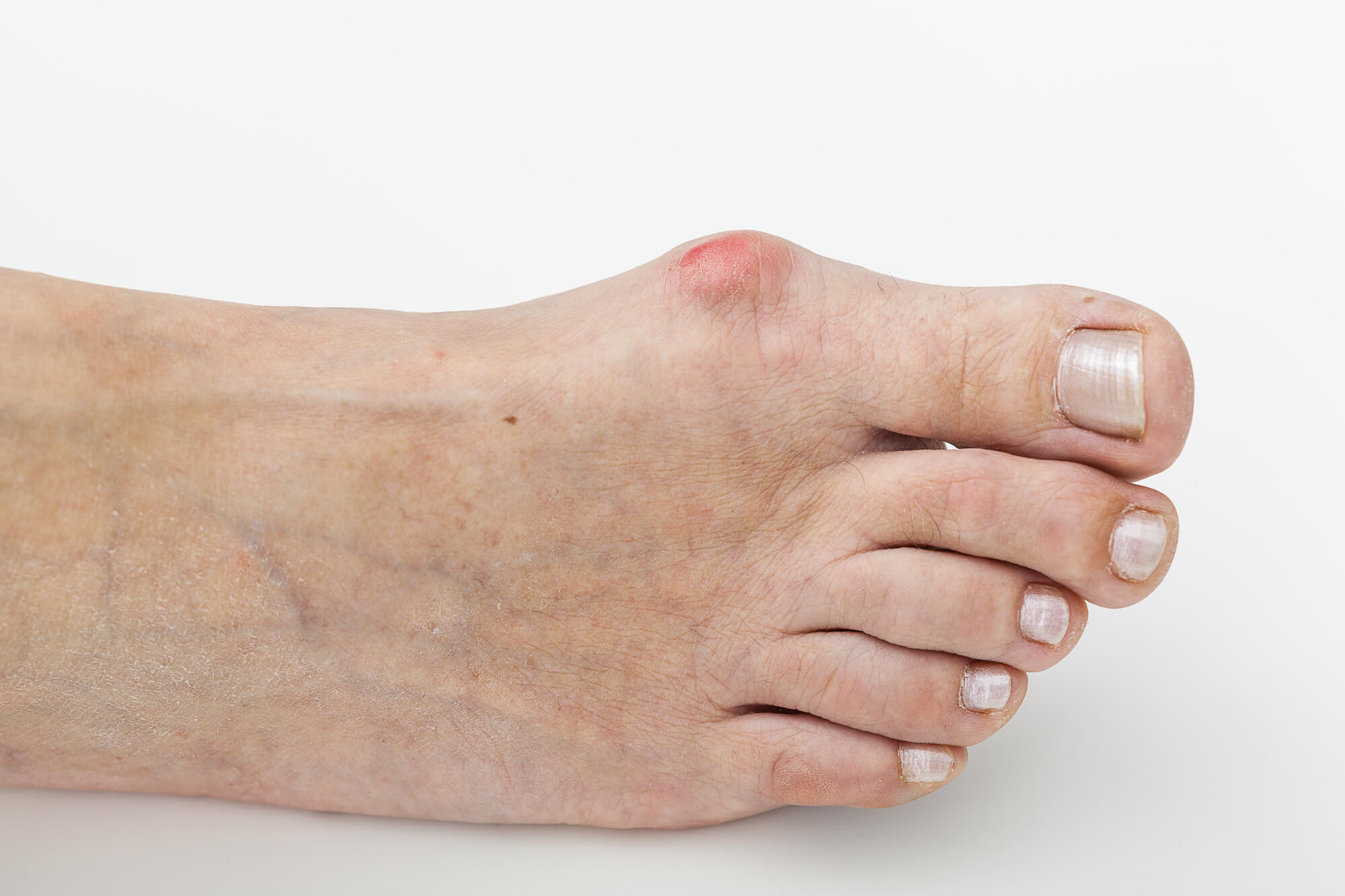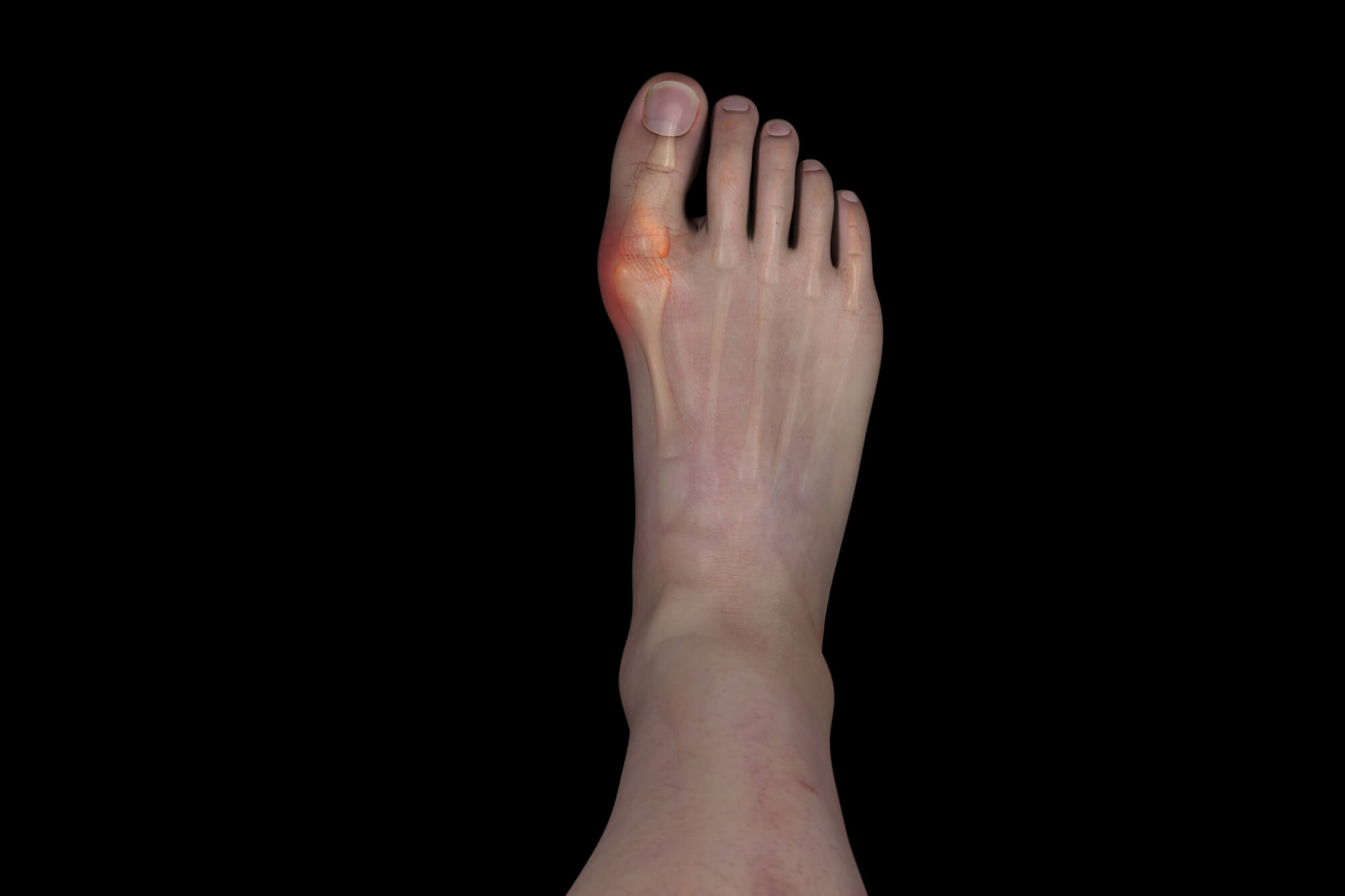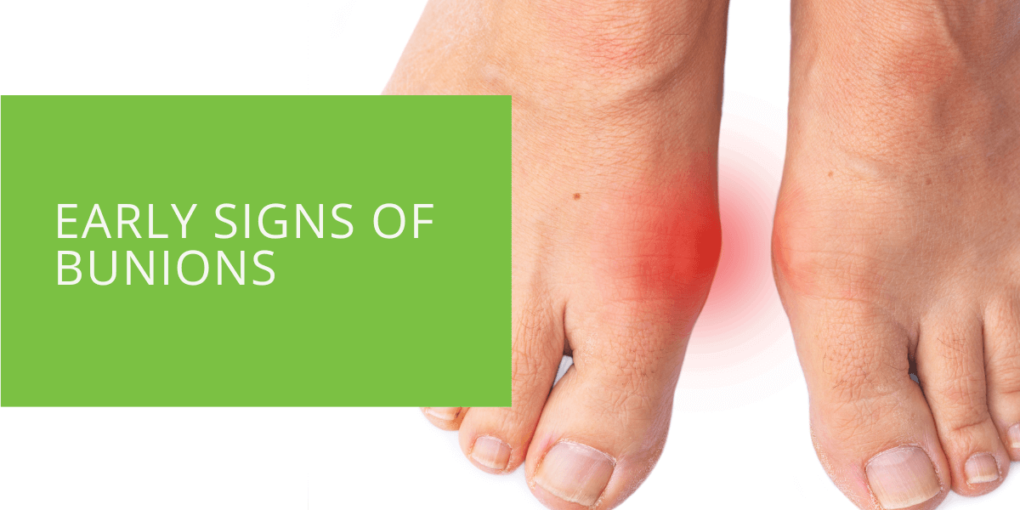Recognizing Early Signs of Bunions
If you are experiencing discomfort in your feet, particularly around the big toe joint, it's possible that you are in the early stages of developing bunions. Bunions, also known medically as hallux valgus, are a common foot deformity that can cause significant pain and negatively impact your quality of life. In this comprehensive guide, we will explore everything you need to know about bunions, including their causes, risk factors, and the telltale signs that indicate their development. Furthermore, we will discuss various treatment options, from non-surgical approaches to bunion surgery, that can help you make informed decisions about your foot health.
Key Takeaways
- Recognizing the early signs of bunions, such as pain, visible bumps, and difficulty wearing certain shoes, is crucial for early intervention and effective management.
- Treatment options for bunions include non-surgical approaches like orthotics lifestyle changes and surgical interventions when necessary.
- Consulting a podiatrist for personalized assessment and treatment plans is essential for maintaining foot health and preventing further complications.
Understanding Bunions
Bunions are bony bumps that develop on the joint at the base of the big toe, often causing it to deviate outward. To understand bunions better, let's delve into the anatomy of the foot and how bunions develop.
Anatomy of the Foot and How Bunions Develop
The foot is a complex structure with multiple bones, joints, and ligaments working together to support your body weight and provide mobility. The big toe joint, also known as the metatarsophalangeal (MTP) joint, is particularly susceptible to developing bunions due to its critical role in maintaining balance and propulsion during walking.
When the joint's normal alignment is disrupted, it can lead to the formation of a bunion. One common misconception is that growths of bone cause bunions. However, the bump you see is the result of the joint's misalignment, with the metatarsal bone deviating outward, creating a noticeable deformity.
Causes of Bunions
Understanding the underlying causes of bunions is essential for prevention and early detection. Some of the primary factors contributing to bunion formation include:
- Genetic Predisposition: If bunions run in your family, you may be genetically predisposed to developing them.
- Footwear Choices: Wearing shoes that are too tight, narrow, or have a constricted toe box can increase the risk of bunions. High heels, in particular, can exacerbate the problem.
- Foot Structure: Certain foot structures, such as flat feet or low arches, can make individuals more prone to bunions.
- Gender and Age Factors: Women are more likely to develop bunions than men, and the risk increases with age.

Think You Have a Bunion? Common Symptoms
Recognizing the signs and symptoms of bunions is crucial for early intervention and effective management.
Pain and Discomfort
One of the primary indicators of a bunion is pain and discomfort, especially when wearing shoes or walking. The pain typically radiates from the big toe joint and can vary in intensity.
Visible Bump on the Big Toe Joint
A prominent, bony bump on the base of the big toe is a hallmark sign of a bunion. This bump can be tender and may become red or swollen.
Redness and Swelling
Inflammation of the affected joint can result in redness and swelling around the bunion.
Difficulty Wearing Certain Shoes
As bunions progress, they can make it increasingly challenging to wear certain types of footwear, particularly those with narrow or pointed-toe boxes. This discomfort can limit your shoe choices and impact your daily life.
Signs of Bunions Developing
Bunions often develop gradually, and recognizing the early warning signs can significantly affect your foot health.
Early Warning Signs
- Toe Alignment Changes: Your big toe may start drifting toward your second toe.
- Calluses and Corns: The misalignment can lead to friction and the development of painful calluses or corns.
- Reduced Range of Motion: You may notice a decrease in the flexibility of your big toe joint.
How Bunions Progress If Left Untreated
If left unaddressed, bunions can worsen over time, leading to more severe pain, reduced mobility, and potential complications such as bursitis and hammertoe.
Treatment Options for Bunions
When it comes to managing bunions, both non-surgical and surgical approaches are available. Let's explore these options in detail.
Non-Surgical Approaches
Orthotics and Shoe Modifications
Orthotics are custom-made shoe inserts that can help redistribute pressure on the foot and alleviate bunion pain. Additionally, adjusting your footwear, such as choosing shoes with a wider toe box, can provide relief.
Lifestyle Changes and Self-Care
Simple lifestyle changes, such as avoiding high heels and giving your feet regular breaks, can help slow the progression of bunions. Applying ice and taking over-the-counter pain relievers can reduce pain and inflammation.
Pain Management Techniques
Physical therapy and exercises designed to strengthen the muscles around the big toe joint can help manage bunion-related discomfort. Your podiatrist can recommend specific exercises tailored to your needs.
Surgical Interventions
In cases where non-surgical methods are ineffective, or the bunion has significantly progressed, bunion surgery may be necessary. There are several types of bunion surgery, each addressing different aspects of the deformity. Your podiatrist will assess your condition and recommend the most suitable surgical approach if needed.

Orthotics: A Key Component in Bunion Treatment
Orthotics are vital in bunion management, providing support and comfort to your feet. Let's dive deeper into the importance of orthotics in treating bunions.
Role of Orthotics in Bunion Management
Orthotics are customized to your foot's unique shape and the specific needs of your bunion. They work by redistributing pressure away from the affected area and promoting proper alignment of the big toe.
Custom vs. Over-the-Counter Orthotics
While over-the-counter orthotic inserts are readily available, custom orthotics offer higher customization and support, making them more effective in managing bunions.
How Orthotics Alleviate Bunion Pain
Orthotics help alleviate bunion pain by providing cushioning, arch support, and stability. They also help prevent further progression of the deformity.
Finding the Best Treatment Plan
To ensure the best possible outcome for your bunion treatment, it's essential to consult a podiatrist. Podiatrists are experts in diagnosing and treating foot and ankle conditions, including bunions.
Importance of Consulting a Podiatrist
A podiatrist can thoroughly assess your condition, consider your medical history, and create an individualized treatment plan tailored to your needs.
Individualized Treatment Plans
Your podiatrist will work closely with you to develop a comprehensive treatment plan that may include a combination of non-surgical methods and, if necessary, surgical options.
Long-Term Management and Follow-Up
Managing bunions is not just about initial treatment; it also involves long-term care and regular follow-up appointments with your podiatrist. They can monitor your progress, make necessary adjustments, and ensure your feet remain healthy.
Conclusion
Recognizing the early signs of bunions is crucial for maintaining your foot health and preventing further complications. Our podiatrists have extensive experience in diagnosing and treating bunions. Our expert team is here to provide the best treatment options and guide you through every step of your bunion care journey.
Don't let bunion pain limit your mobility and quality of life. Take action today and schedule an appointment with us. Your feet deserve the best care possible, and we're here to help you achieve that.

